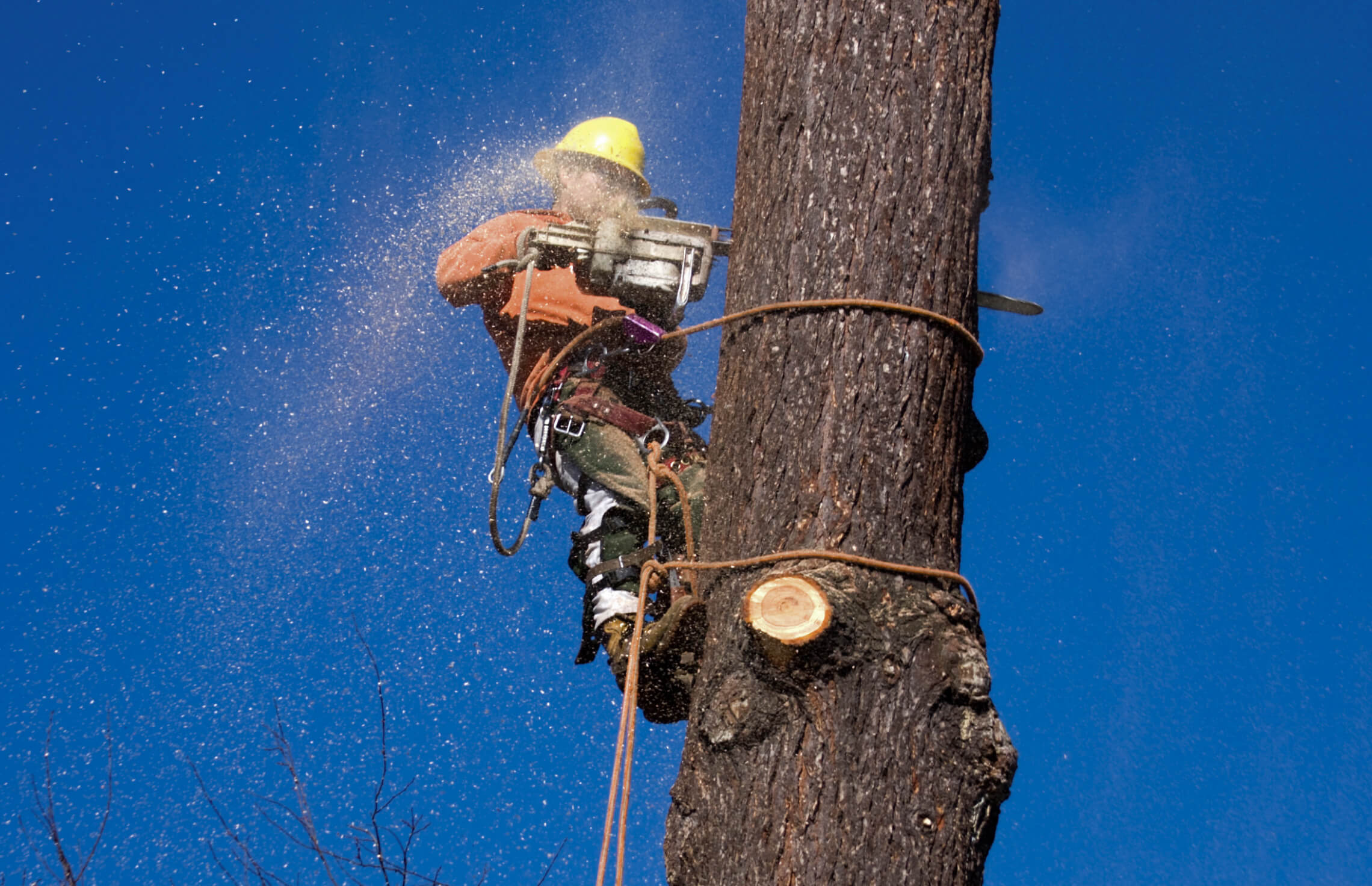Mergers and acquisitions (M&A) can come in many forms, depending on the goals companies want to achieve with the deal.
In this article, we describe the concept of a vertical merger as a way to reduce production costs, improve operational efficiency, and increase revenue. Keep reading to find out the definition of vertical mergers, explore their advantages, challenges, and legal considerations, and learn about the five most prominent real-world examples.
What is a vertical merger?
A vertical merger is a merger between two or more companies that operate on different stages of the same supply chain. For instance, a vertical merger occurs when a supplier merges with a distributor. A combined company then operates in one supply chain for certain goods production.
The reasons behind a vertical merger typically include the following:
- Reduce operational costs
- Gain a larger market share
- Reduce market competition
- Get better control of the supply chain process
- Realize higher profits
- Ensure better quality control
- Reduce supply chain disruptions
Alongside vertical mergers, it’s worth noting that acquisitions can also be vertical. A vertical acquisition is still a deal between two companies that operate on different levels of the same supply chain, however, the acquiring company takes control of the target company.
In contrast, a vertical merger is where two companies (typically equal in terms of size and scale of operations) combine their operations to form a new legal entity.
Read more about the differences between mergers and acquisitions in our dedicated article.
Difference between vertical and horizontal mergers
The opposite of vertical mergers is horizontal mergers. Unlike vertical mergers, a horizontal merger occurs when two or more companies that sell similar products merge into one.
Let’s use this production process as an example: Engine Manufacturer A → Car Manufacturer B → Car Dealership C. At the same time, there are other car manufacturers on the market: Car Manufacturer X and Car Manufacturer Y.
A vertical merger occurs when Engine Manufacturer A, Car Manufacturer B, and Car Dealership C merge.
A horizontal merger occurs when Car Manufacturer B, Car Manufacturer X, and Car Manufacturer Y merge.
The companies involved in a horizontal merger are often competitors. Such deals are typically subject to strict monitoring by the local government since they can create monopolies on the market.
Explore more about the horizontal vs. vertical merger differences and other types of M&A deals in our dedicated articles.
Benefits of vertical mergers
Vertical mergers help the companies involved create synergies in their production methods, helping to reduce costs, improve operational efficiency, and increase revenue.
Note: Synergy is the concept in M&A that refers to benefits or advantages that two companies can achieve through a merger. A synergy occurs when the combined value and performance increase after companies merge compared to the sum of the separate entities.
Let’s take a closer look at the main types of synergies a successful vertical merger helps achieve.
Operational synergies
- Enhanced supply chain efficiency
Vertical integration allows the merged company to control its supply chain, ensuring smoother coordination of inventory, production, and distribution. This reduces bottlenecks and delays.
- Economies of scale
By consolidating operations from different stages of the supply chain, the merging company can gain economies of scale in production and distribution. For example, the firm might be able to produce raw materials in bulk and distribute them more efficiently.
- Quality control
Merging companies get the ability to oversee the entire production process, which ensures higher quality standards. For instance, if a manufacturer merges with a supplier, it can ensure raw materials meet specific requirements.
- Technology integration
A vertically integrated company can more easily implement shared technologies and systems (like ERP or CRM platforms). This helps optimize and improve operational efficiency across various stages of the supply chain.
Financial synergies
- Cost savings
The financial synergy in vertical mergers is realized through the reduction of the transaction costs between firms, such as fees paid to intermediaries or distributors. It also helps eliminate redundant expenditures across separate firms.
- Improved cash flow
The merged entity can better control the timing and terms of payments, improving cash flow and financial flexibility. This can also reduce the need for external financing.
- Tax efficiencies
As a result of vertical integration, the combined company might also benefit from tax shields through debt consolidation or asset transfers, lowering the overall tax burden.
- Increased profit margins
The elimination of markups at each stage of the supply chain can lead to better margins as the new entity captures profits across more of the value chain.
Managerial synergies
- Better coordination
The integration of management teams allows for more aligned goals and improved strategic decision-making across different parts of the business. Managers can focus on optimizing the entire production and sales process rather than negotiating with external suppliers or distributors
- Improved risk management
Having greater control over upstream or downstream operations reduces risks related to supply disruptions or volatile pricing. Management can better predict and plan for market changes.
- Enhanced customer service
Vertical integration fosters faster decision-making and responsiveness to customer needs. Specifically, when a company controls both the product creation and distribution process, it can adapt more quickly to customer feedback or market shifts.
Challenges and disadvantages of vertical mergers
Though coming with lots of advantages, vertical mergers can also face certain challenges if not managed properly. Let’s review the main ones.
Additional costs
Overpayment is a frequent thing in mergers. That’s what happened with the Warner Brothers and Discovery deal, which recently faced a $9 billion write-down.
In vertical mergers, companies may face large capital expenditures to align operations, upgrade systems, and manage newly acquired parts of the supply chain.
These costs can include restructuring, retraining employees, and setting up new processes, all of which require significant time and financial resources. Moreover, duplicating functions in areas like administration or IT can lead to inefficiencies, further driving up expenses, particularly if eliminating redundant roles is difficult.
Loss of key personnel
According to PwC’s M&A integration survey, only 40% of executives felt they achieved success in employee retention.
Indeed, vertical mergers can result in the loss of key personnel, especially if executives or critical employees feel uncertain about their roles or disagree with the strategic direction of the combined entity.
It can be particularly damaging for business since it might involve the loss of specialists with expert knowledge and strong relationships with stakeholders.
As a result, a combined company may face disruptions in business operations and weakened client or supplier relationships.
Cultural integration issues
Studies show that 44% of merger integrations fail because of poor culture fit.
Cultural integration is a significant challenge in vertical mergers, as companies from different parts of the supply chain often have very different corporate cultures and operational approaches.
This clash can lead to communication barriers, resistance to change, and internal conflicts as employees struggle to adapt to new working styles and values. Misalignment in corporate cultures can slow down decision-making, reduce employee morale, and delay the anticipated synergies of the merger, making it harder for the new entity to function efficiently.
Legal considerations and antitrust concerns
Competitive antitrust concerns that typically occur during vertical mergers make them subject to antitrust laws. Thus, vertical mergers require approval from the Federal Trade Commission (FTC) and the Antitrust Division of the Department of Justice (DOJ).
Why do such competitive concerns occur? When a combined company controls multiple stages of production, it might gain excessive market power. This potentially harms competition by restricting access to raw materials or key assets for other companies in the same industry.
To maintain fair and balanced competition, the government establishes vertical merger guidelines and strict antitrust laws.
Five real-world examples of vertical mergers and acquisitions
Now, let’s take a look at the most prominent vertical merger and acquisition examples.
1. Time Warner and Turner Broadcasting System
In 1996, Time Warner acquired Turner Broadcasting System in a vertical merger that combined Time Warner’s media production capabilities with Turner’s cable television networks.
By owning both the content and its distribution channels, Time Warner was able to streamline the delivery of its movies, shows, and news. The merger gave the company significant control over the media ecosystem, making it a dominant player in both production and broadcasting.
2. eBay and PayPal
eBay, an online shopping platform, announced its $1.5 billion acquisition of PayPal, an online money transfer company, in 2002.
At the time, PayPal was already the preferred payment option for many eBay users, so the merger streamlined transactions on the platform. The merger allowed eBay to consolidate its control over the payment process, while PayPal benefited from eBay’s extensive user base, propelling it into the mainstream digital payments market.
In 2015, however, the two companies split.
3. Disney and Pixar
Disney announced the acquisition of Pixar in 2006.
Though often described as a horizontal merger, this deal is also an example of a vertical merger due to Disney’s ability to integrate Pixar’s innovative animation technology and production methods with its content distribution and marketing channels. By merging, Disney gained exclusive access to Pixar’s innovative approach and talent.
This M&A deal led to the appearance of popular animated movies such as Frozen and Up.
4. IKEA’s acquisition of the Baltic and Romanian forests
In 2015, IKEA made a significant move by acquiring large areas of forestland in Romania and the Baltics.
This vertical integration step was part of IKEA’s strategy to secure a sustainable and stable source of timber, a critical raw material for its furniture production.
The deal included the acquisition of about 83,000 hectares of forestland in Romania, making IKEA one of the largest private forest owners in the country. Similarly, IKEA also expanded its forest holdings in the Baltics, securing resources in countries like Latvia and Estonia.
5. Inditex and Indipunt
In 2017, Inditex, the parent company of Zara, acquired Indipunt, a Spanish textile manufacturer, to strengthen its control over its supply chain.
This vertical merger allowed Inditex to integrate fabric production with its fast-fashion retail operations. By doing so, Inditex could accelerate production cycles and better respond to changing fashion trends.
Key takeaways
- A vertical merger is a merger between two or more companies that operate on different levels of the same supply chain.
- Vertical mergers typically help companies realize an operational, financial, and managerial synergy.
- Among the main challenges of vertical mergers are loss of key talent, cultural integration issues, and additional costs.
- Real-world examples of vertical mergers include deals between Disney and Pixar, Inditex and Indipunt, Time Warner and Turner Broadcasting System, eBay and PayPal, and IKEA’s acquisition of the Baltic and Romanian Forests.
FAQ
Are vertical mergers legal?
Yes, vertical mergers are legal. However, they can face strict antitrust scrutiny due to competitive antitrust concerns.
Can vertical mergers reduce competition?
Compared to horizontal mergers, vertical mergers are less likely to immediately reduce competition. However, they can still harm the competition because a merged company gets control over multiple stages of production, which might lead to excessive market power.
Is Disney and Pixar a vertical merger?
The merger of Disney and Pixar is often considered both vertical and horizontal.
It’s a horizontal merger because Disney and Pixar were both involved in the production of animated films.
From another perspective, Pixar was primarily focused on animation technology and production, while Disney had a broader reach with its distribution networks, marketing capabilities, and theme parks, which makes it a vertical merger as well.




